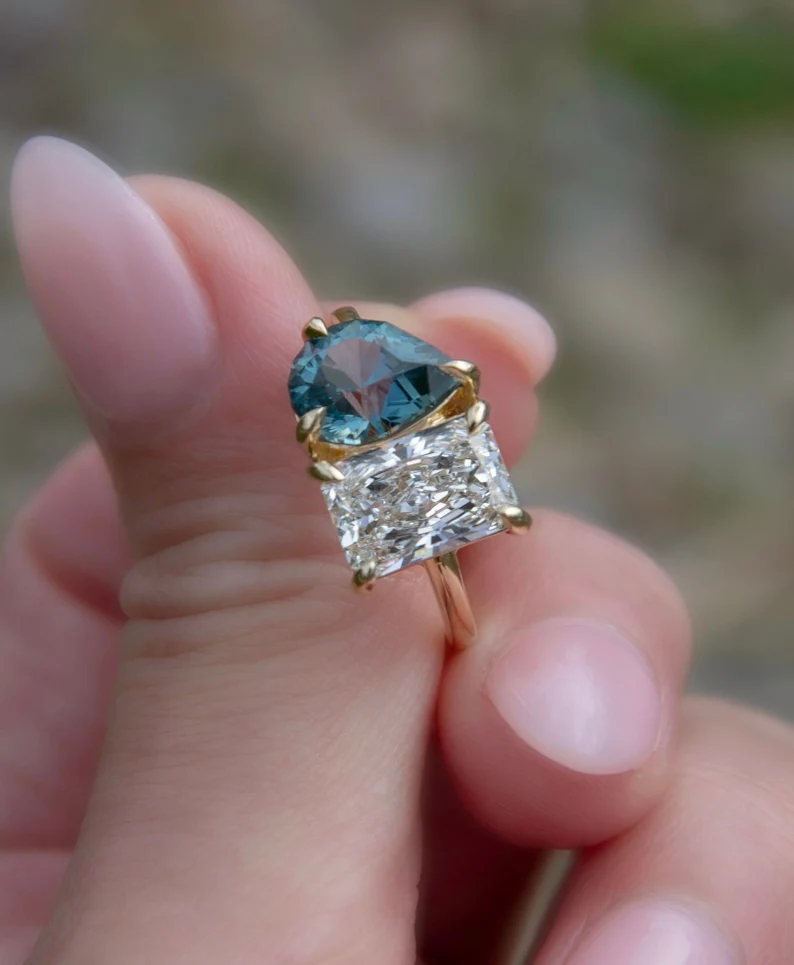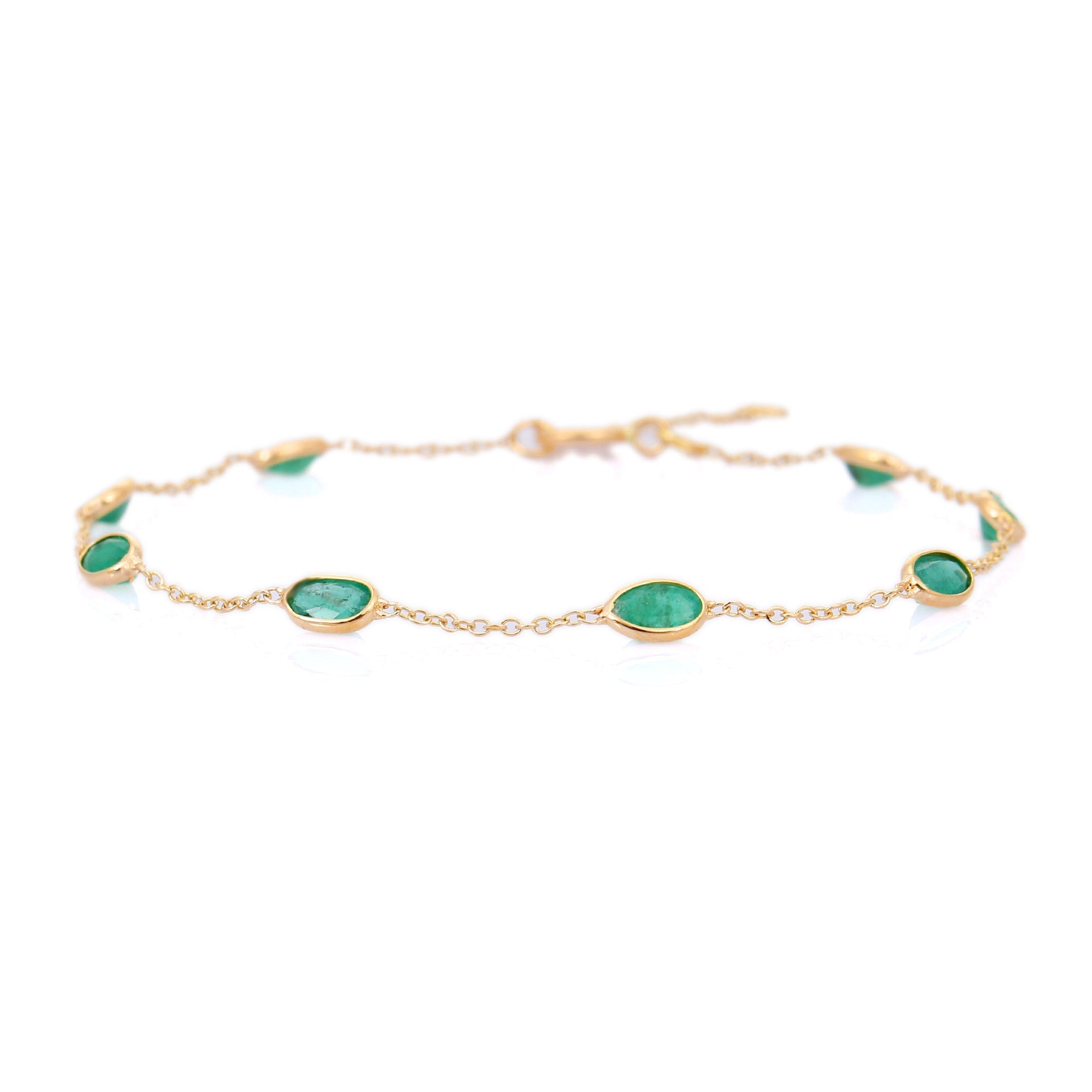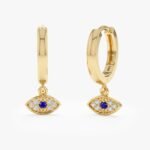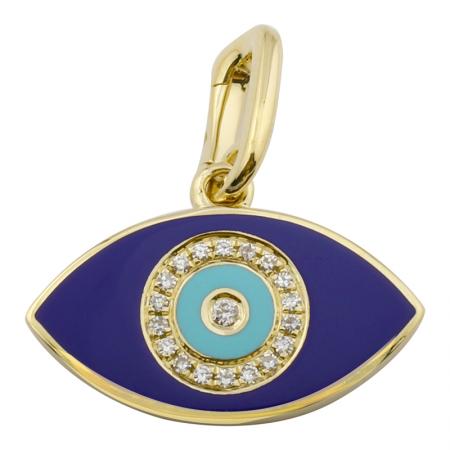Making Charges vs “Labor”: Where US Jewelers Hide Costs

Many shoppers see a single price on a ring and assume it reflects the cost of gold plus the stone. In the US jewelry trade, that price often hides multiple extra charges under labels like “making charges,” “labor,” or vague line items. This article explains what those charges really are, why jewelers use them, and how to spot or negotiate them. I’ll give concrete examples—carat and millimeter sizes, alloy details, and typical fee ranges—so you can ask the right questions and avoid surprises.
What jewelers mean by “making charges” vs. “labor”
Making charges are often a percentage or flat add-on applied to a piece. They’re intended to cover overhead, profit, and the work of producing a mount. But they aren’t tied directly to hours worked or operations performed. That makes them easy to inflate.
Labor should mean the time and skill a bench jeweler spends: setting, soldering, finishing, engraving, etc. Good shops will estimate labor in hours or per-operation rates (for example, setting a 6.5 mm / 1.00 ct round center stone vs. micro-pavé work around the band).
Why jewelers hide costs this way
- It simplifies quoting for sales staff who aren’t bench-trained. A single “making charge” is easier to present than a list of specialized operations.
- It protects margins. A percentage applied to the total (including the stone) can earn the shop more on higher-value pieces without revealing wholesale discounts.
- It covers unpredictable shop costs—overhead, repair policy, insurance—without disclosing them to the customer.
Common hidden or bundled charges and typical ranges
Numbers vary by region and complexity, but these ranges are practical starting points. All prices are approximate and depend on the jeweler’s skill and local market.
- Making charge (percentage): 10–40% of the wholesale or retail base. A 20% making charge on a mount that costs $1,000 adds $200. Why it’s opaque: the base used for the percentage (metal only, metal + stone, or retail price) isn’t always disclosed.
- Bench labor hourly rate: $40–$150/hr at a retail shop; bespoke designers or master setters may charge more. Why it matters: a complex hand-fabricated ring that takes 8 hours should charge for those hours, not a flat percentage.
- Stone setting fees: Solitaire prong setting: $50–$250. Channel or bezel setting: $75–$400. Micro-pavé: $200–$1,000+ depending on stone count and size. These are per-operation rates tied to time and skill.
- Casting (lost-wax): $75–$300 for a mount, plus finishing. If a shop lists “making charge” partly to cover casting, ask for a breakout.
- Rhodium plating (white gold): $20–$75. Some shops include it in “finish,” others charge separately. It’s a recurring maintenance cost every 1–3 years for white 14k/18k gold.
- Resizing: Simple resize (±1 size): $30–$150. Complex resizing (soldering, retipping, re-setting stones): $150–$500+. Often omitted from the initial quote.
Concrete example: a 1.00 ct round center in a 14k white gold mount
Use specific numbers to see how charges stack up. Assume a 1.00 ct round diamond (~6.5 mm). The mount is 14k white gold (58.5% gold), 5.0 grams total weight, and a classic four-prong head with plain shank.
- Diamond (retail price varies widely by cut, color, clarity): call it $5,000 for this example.
- Metal melt value for 14k at current market prices is usually a small fraction of retail—say $150–$300 for a 5 g ring. Why this matters: metal value rarely justifies the final retail.
- Bench labor to set the center stone, polish, and rhodium plate: 1–3 hours → $80–$360 if billed hourly.
- Casting and finishing of the mount: $100–$300.
- Making charge (if applied as 20% on stone+mount): 20% of ($5,000 + mount cost) ≈ $1,040. This is where markup on the stone and mount compounds the cost.
Result: the retail price can be $6,000–$9,000 depending on how much markup and which charges are bundled. The diamond represents the largest single cost, but the invisible making charge and markup multiply the final price. Why: percentage-based making charges multiply with stone markup, not just labor or metal.
Questions to ask to uncover hidden costs
- “Please itemize the price: stone, metal/mount, labor, and any percentage-based making charge. What base do you apply the making charge to?”
- “If I supply the center stone, what is the mount-only price?” (This forces shops to quote the mount in dollars, not percent.)
- “How many hours do you estimate for bench work, and what is your hourly labor rate?”
- “Is rhodium plating included? How much for future re-plating?”
- “What are per-stone setting charges? Give a rate for a solitaire prong vs. 50 micro-pavé stones.”
- “What does resizing cost if needed later?”
- “Can you provide a written, itemized estimate before work starts?”
When a making charge is fair—and when it isn’t
A making charge is fair when the work is genuinely complex or when the shop is responsible for detailed hand fabrication. For example, a hand-carved custom head, substantial hand-engraving, or intricate micro-pavé requires time and is reasonably charged.
It’s not fair when the making charge is a blunt percentage applied mainly to the stone’s retail markup. Charging 20% on a $10,000 stone to cover “making” that took one hour is a markup on the stone, not a labor fee. Ask for a breakdown.
Alternatives and practical tips
- Buy the stone and the mount separately. This exposes the mount price and avoids percentage markups on the stone.
- Get multiple estimates that itemize hours and per-operation fees. A local bench jeweler can often give a lower, transparent labor quote.
- Look for shops that show raw numbers: ring weight (g), alloy (14k/18k), stone ct and mm, and per-operation fees.
- If buying online, request an itemized invoice and confirm return and resizing policies in writing.
Understanding the difference between making charges and real labor helps you pay fairly for actual work, not hidden margins. Ask for itemized estimates, compare mount-only and stone-only pricing, and demand clarity about what percentage charges are applied to. That’s how you turn a single sticker price into a transparent, negotiable deal.




